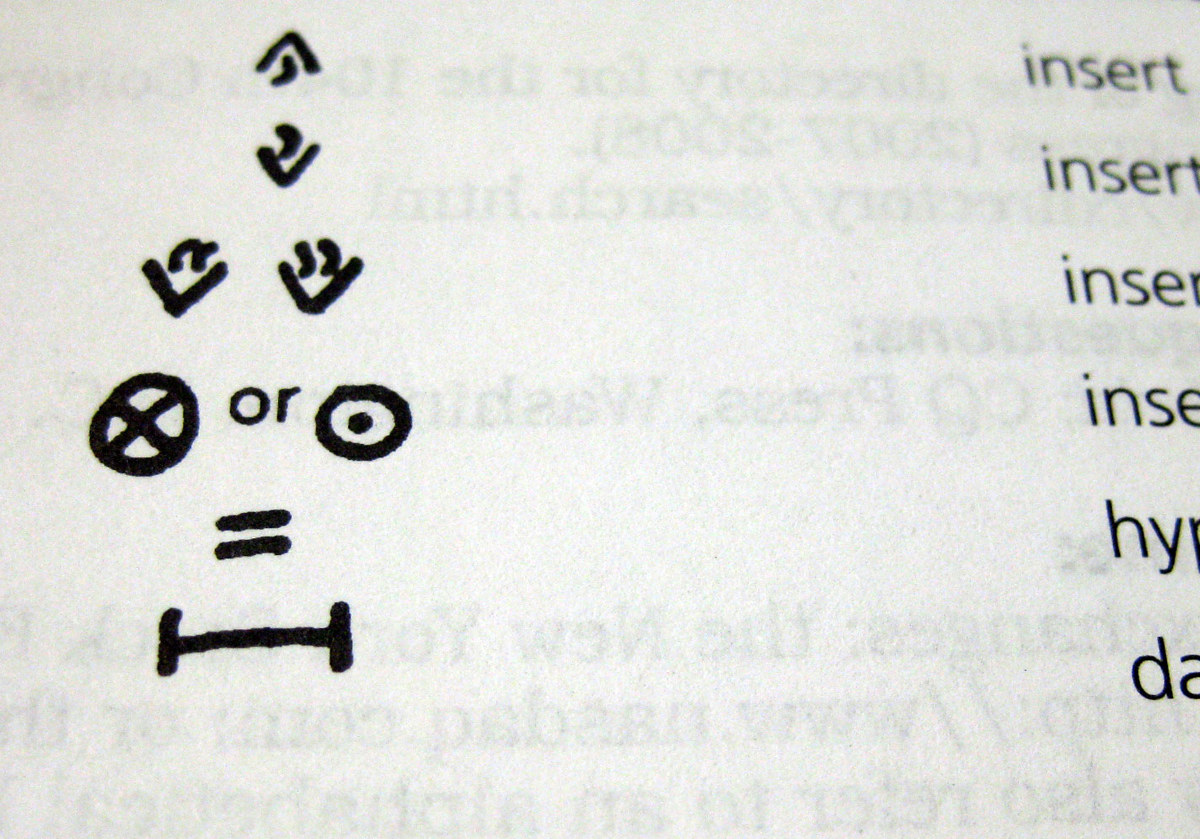The AP Stylebook is a fine guide for journalists. For consistency and efficiency, it works. On occasion, it changes with the times, mostly for the better.
At other times it clings to its preferences in spite of countervailing arguments. I have made such arguments, drawing my evidence from such guidebooks as “The Elements of Style” by Strunk & White.
For example, Professor Strunk, before Mr. White joined the act, preferred what we now call the serial or Oxford comma, that final comma before “and” in a series. Strunk’s example is:
“This is a red, white, and blue flag.”
AP Style removes that final croissant and eats it:
“This is a red, white and blue flag.” That missing comma is as egregious to me as a hole in the seat of John McIntyre’s trousers.
I devoted a chapter of my book “The Glamour of Grammar” to support of the serial comma and expressed the opinion that AP Style should adopt it. Responses from Poynter readers and independent surveys suggested that public opinion was leaning my way.
By now, when I read the news, I have learned to overlook the absence of my favorite comma.
What I cannot overlook, and what I find increasingly obnoxious, is AP Style’s ear-bending and tongue-twisting adherence to a rule on the apostrophe when it expresses the possessive form of a singular proper noun ending in ‘s’.
In an earlier essay in this space, I noted that “The Elements of Style,” written in 1918, began with this advice: “Form the possessive singular of nouns by adding ’s.” Everyone would agree with this usage: “Ben’s desk needs cleaning.”
We create some tongue twisters when we attach one s sound to another. Professor Strunk tells us to add the ’s no matter the final consonant of the noun. He cites as examples “Charles’s friend” and “Burns’s poems.”
I like that guideline because it echoes the way most people would speak the words aloud. The AP Stylebook would punctuate those words differently, preferring “Charles’ friend” and “Burns’ poems.”
The AP Stylebook’s examples are “Agnes’ book” and “Jules’ seat.” I don’t know about you, but when I read those aloud, I want to pronounce the missing letter ‘s’: “Agnes’s book” and “Jules’s seat.”
There are classic exceptions when adding an “s” gives your tongue that Velcro feeling. I would not say “Achilles’s heel.” Achilles’ will do fine, thank you, with the prepositional phrase a convenient escape hatch: the teachings of Socrates.
I remember the first time I noticed a problem with AP Style’s preference. I was reading a dramatic story by my friend Ben Montgomery in the Tampa Bay Times that contained these two climactic sentences:
“In Wes’ last act, he fed a stranger and gave him a place to rest. It cost him his life.” As I read this compelling story, I stopped every time I encountered the possessive “Wes’.” The discord between my eye and ear made the absence of another s stand out like Donald Trump without a suntan. No one I know would say “Wes’ last act”; any reader would say “Wes’s.” The AP Stylebook continues to justify the missing s based on the value of “consistency and ease in remembering a rule.” To which I respond: What about the needs and experiences of the reader?
And can’t journalists be trusted to apply a rule and learn some exceptions? Most language experts advise writers to ignore restrictions that require you to write or say something awkward or ugly, especially something that offends the ear. In this case, let us match punctuation to speech. Let your ear help govern the possessive apostrophe.







